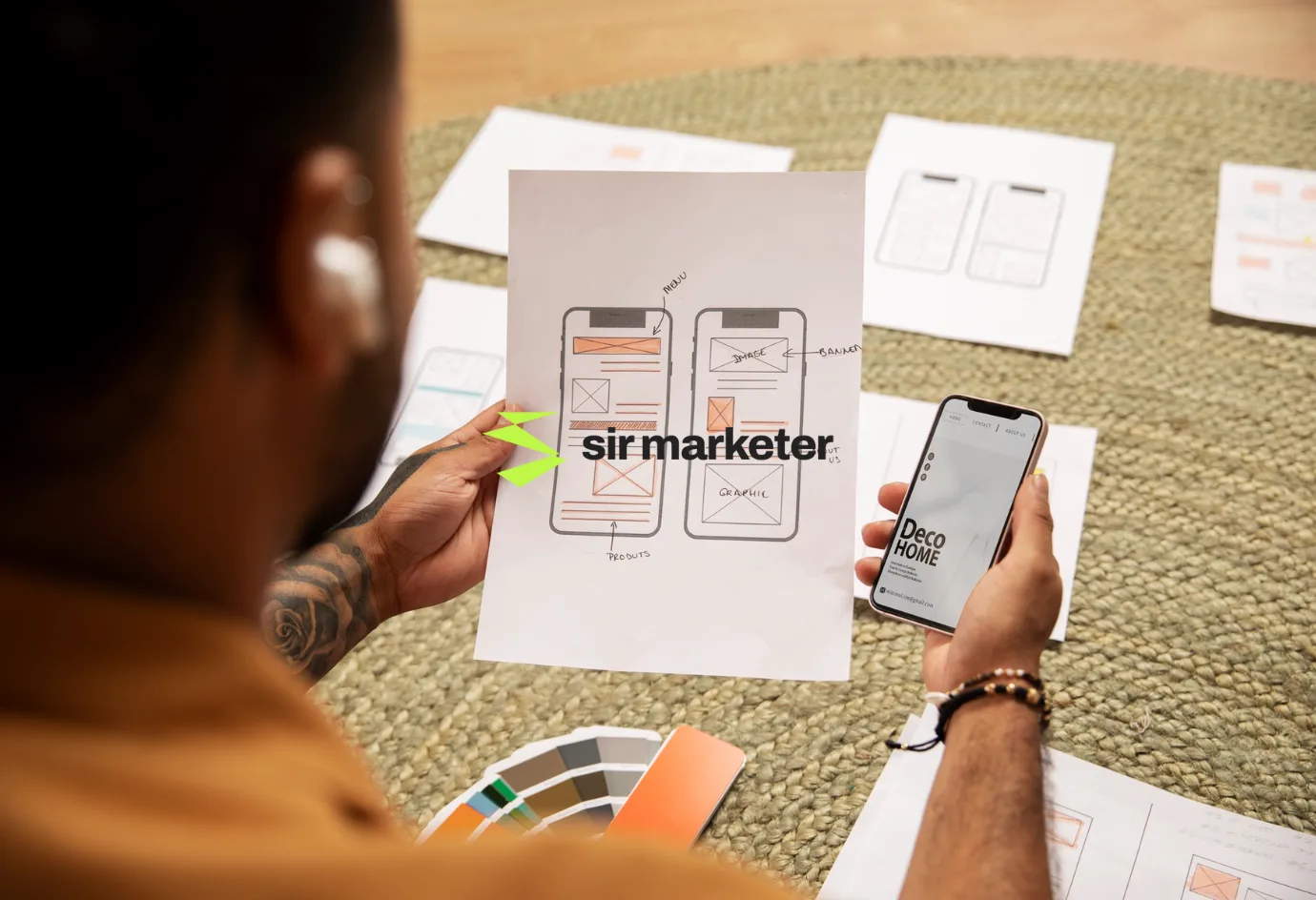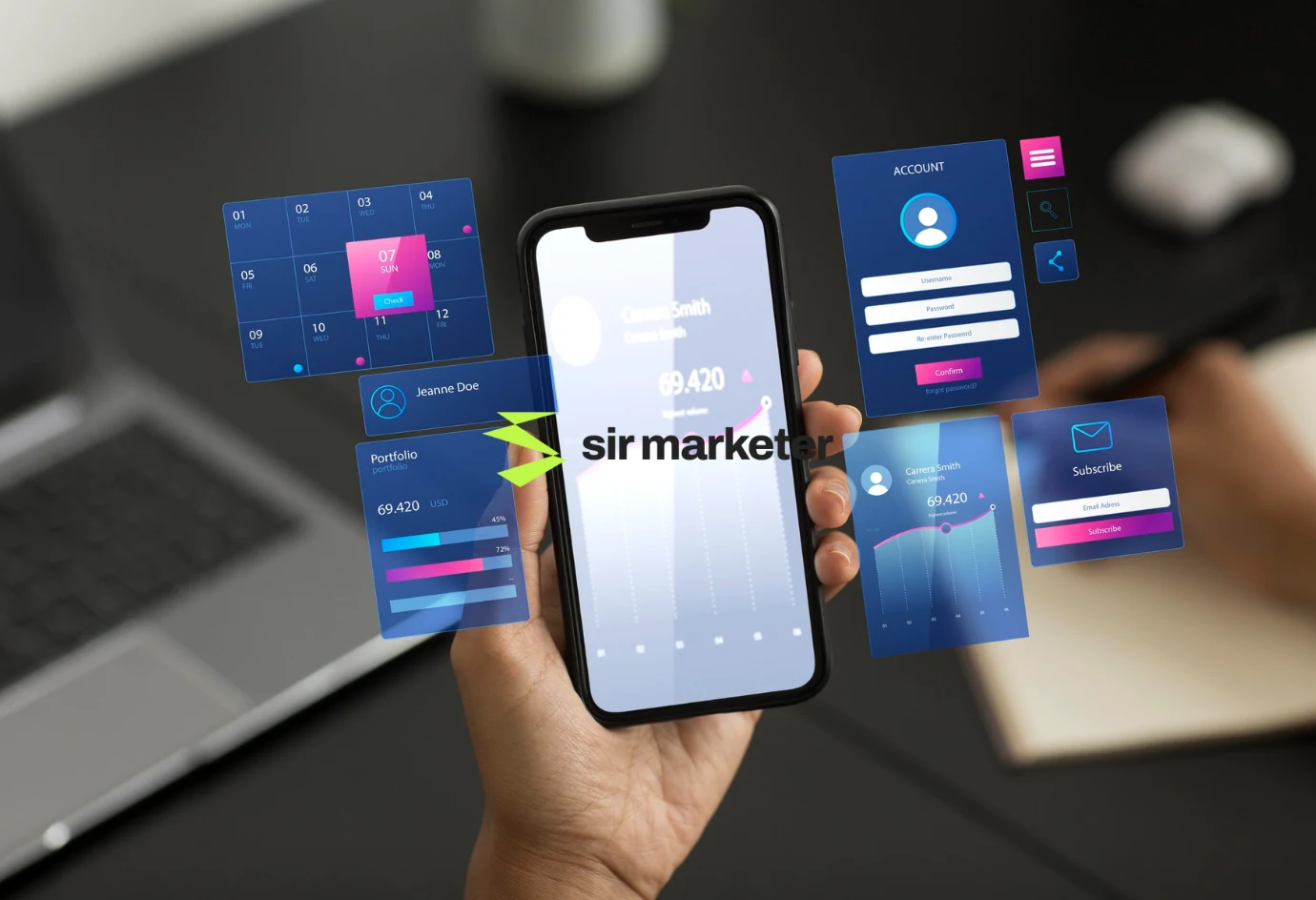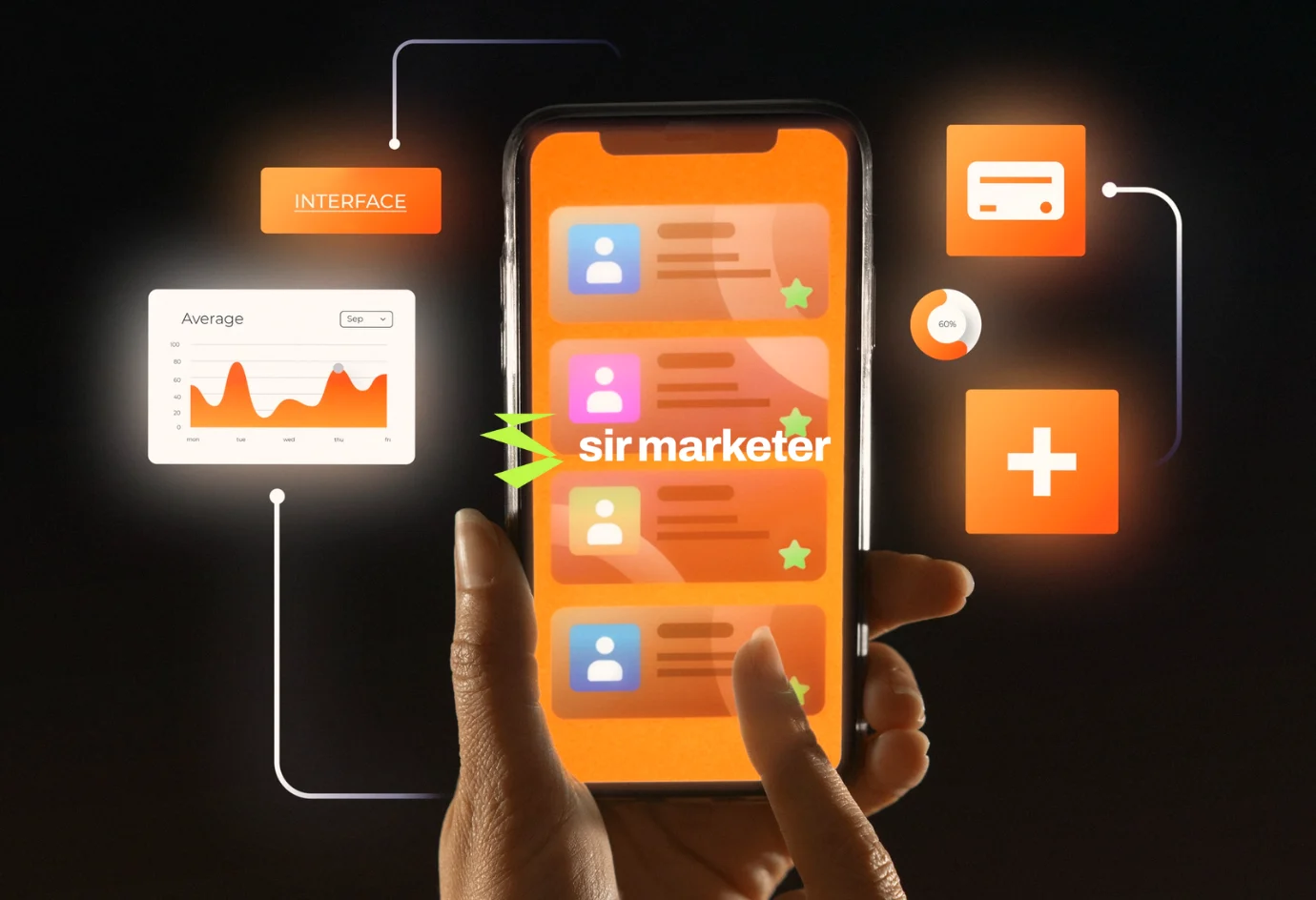

Think about the last time you searched for a product, read a blog, or browsed a website. Chances are, you did it from your phone.
In 2025, mobile traffic accounts for over 65% of all website visits—and that number continues to grow. With smartphones being the primary gateway to the internet, businesses must now design their digital experiences for the small screen first, not the desktop.
Enter: mobile-first design—a design philosophy that prioritizes mobile usability and performance from the very beginning.
In this blog, we’ll explore what mobile-first design means, why it matters more than ever, how it impacts SEO and conversions, and how you can implement it to deliver an outstanding user experience (UX) on any device.

“Great mobile design isn’t about shrinking content—it’s about expanding impact in smaller spaces.”
— Sir Marketer, Digital Dream Team

Mobile-first design is a development and design approach where the mobile version of a website or app is created first, before scaling it up for larger screens like tablets and desktops.
Instead of designing a complex desktop layout and then trying to “squeeze” it into mobile, mobile-first design starts with:

Once the mobile version is in place, the design is progressively enhanced for tablets and desktops—also known as progressive enhancement.

Here’s why mobile-first isn’t optional—it’s essential:
Google Uses Mobile-First Indexing
Since 2020, Google indexes your website based on its mobile version. If your mobile site is slow, incomplete, or broken—your rankings suffer.
Users Expect Mobile Performance
53% of users will abandon a site if it takes more than 3 seconds to load on mobile.
Higher Mobile Conversions
Businesses see up to 2x more conversions on mobile-optimized landing pages.
Voice & Local Search Are Mobile-Driven
Voice search and “near me” queries are predominantly made via smartphones.
UX/UI Impacts Brand Perception
A clunky mobile site leads to negative impressions and lost trust.
Simply put, mobile-first design is critical for SEO, UX, conversion rate optimization, and long-term digital success.

Feature | Mobile-First Design | Responsive Design |
|---|---|---|
Design Priority | Starts with mobile, scales up | Starts with desktop, scales down |
UX Focus | Touch-friendly, minimal layout | Desktop features adapted for smaller screens |
Performance | Prioritized for mobile speed and usability | Often heavier and slower on mobile |
Development Approach | Progressive enhancement | Graceful degradation |
Responsive design is still important—but mobile-first design ensures that mobile UX isn’t an afterthought.

a) Speed Optimization
Mobile users are impatient. Compress images, use lightweight code, and enable caching to keep load times under 3 seconds.
b) Thumb-Friendly Navigation
Design with one-hand usage in mind. Place buttons where thumbs naturally rest and keep navigation minimal.
c) Prioritize Content
Put the most important content at the top. Use collapsible menus, accordions, and clear headings.
d) Readable Typography
Avoid small fonts. Use at least 16px base size and ensure contrast for readability.
e) Touch-Optimized Elements
Buttons and forms should be large enough to tap easily—minimum 44px height.
f) Minimize Pop-ups
Avoid intrusive interstitials that block content on mobile devices.

a) Improved Search Engine Rankings
Google’s mobile-first indexing gives preference to well-optimized mobile sites.
b) Better User Experience
A seamless mobile journey increases session time, engagement, and satisfaction.
c) Higher Conversion Rates
Mobile-first landing pages drive more leads, purchases, and signups.
d) Lower Bounce Rates
Faster, cleaner mobile experiences keep users from clicking away.
e) Future-Proofing Your Website
As wearable tech and smaller screens emerge, a mobile-first mindset keeps you ahead.

At Sir Marketer, we use a full stack of tools to ensure every client’s website performs flawlessly on mobile—before it’s ever tested on desktop.

Client: Local real estate agency
Challenge: 75% of traffic from mobile, but poor engagement
Solution:
2.3x increase in mobile leads
47% longer session duration
Bounce rate dropped by 38%

Great mobile-first design is a balance of aesthetics and usability. UX/UI designers focus on:

Remember: good mobile design feels invisible—the user just gets what they need, fast.

A mobile-first site helps support:

When design and SEO work together, your website becomes a conversion machine.


Staying mobile-first means embracing the cutting-edge of digital design and UX.
Your audience is no longer sitting at desks—they’re walking, commuting, scrolling in cafés. If your website isn’t built for that world, you’re not just losing traffic—you’re losing trust.
Mobile-first design isn’t just about aesthetics. It’s about empathy. It’s about prioritizing user needs, minimizing friction, and delivering seamless experiences wherever your customers are.
At Sir Marketer, we help you design for the future—where user experience starts in the palm of their hand.
Our team will answer all your questions. we ensure a quick response.